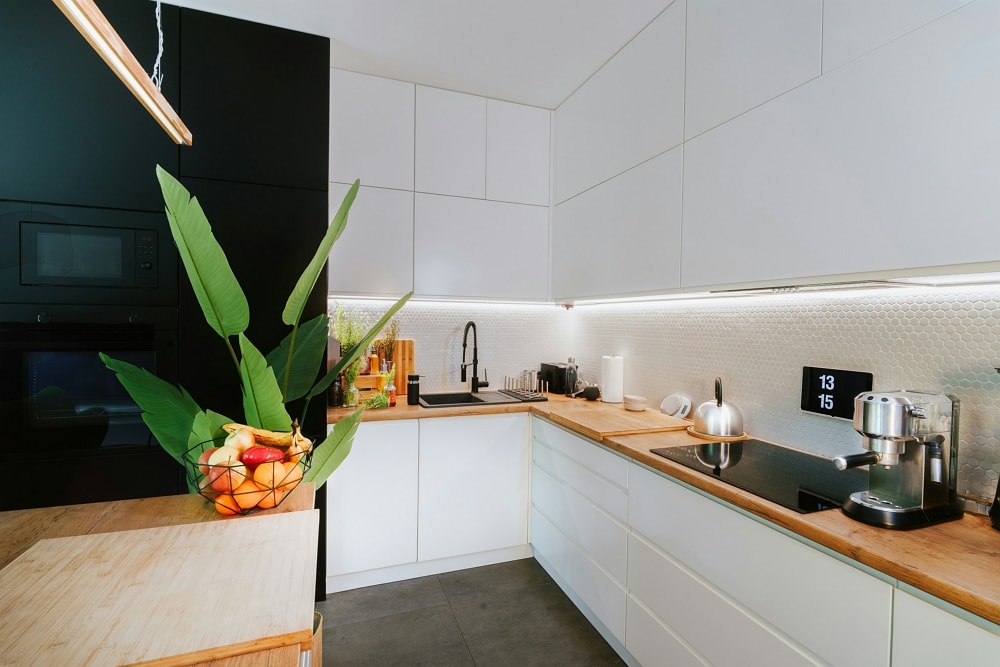Setting up a functional kitchen isn’t just about collecting gadgets—it’s about selecting the right tools that align with your cooking habits, goals, and lifestyle. Whether you’re a beginner looking to build a solid foundation or a home cook wanting to upgrade your setup, this guide will help you make smart, lasting decisions.
From the basics like knives and pans to smart gadgets like wireless meat thermometers, each item you choose plays a role in transforming your meals from average to amazing. Let’s dive into the essentials, explore how to evaluate tools before buying, and take a look at some modern innovations that are truly worth the investment.
Understand Your Cooking Style and Needs
Before you start filling your kitchen drawers and countertops, ask yourself a few simple but critical questions:
- How often do you cook at home?
Daily meal preppers may need more durable, multi-functional gear than occasional weekend chefs.
- What type of meals do you make?
A baker’s toolkit will look very different from that of someone who grills or slow-cooks meats.
- How many people do you cook for?
A family of four requires different toolsets (think bigger capacity, faster output) compared to someone cooking solo.
Understanding your habits helps you avoid wasting money on trendy tools that won’t get used and ensures that every purchase adds genuine value to your cooking process.
Must-Have Kitchen Tools for Every Home
Here’s a breakdown of core kitchen tools you’ll actually use:
| Category | Tool | Why You Need It | Recommended Use |
|---|---|---|---|
| Cutting | Chef’s Knife | Versatile, efficient, and durable | Chopping vegetables, slicing meats |
| Cooking | Cast Iron Skillet | Retains heat and lasts for decades | Searing steaks, frying, baking |
| Measuring | Digital Kitchen Scale | Precise and clean measurements | Baking, portion control |
| Monitoring | Wireless Meat Thermometer | Cook meats perfectly every time | Grilling, roasting, sous vide, baking |
⭐ Pro Tip:
Investing in a smart wireless meat thermometer like the Typhur model lets you monitor internal temperatures from your phone, ensuring juicy, tender meats—without the guesswork.
How to Evaluate Kitchen Tools Before Buying
Not all tools are created equal. Use these criteria before making a purchase:
1. Material Quality
Look for stainless steel, cast iron, and food-safe silicone. Avoid plastic-heavy tools that break easily or leach chemicals.
2. Multi-Functionality
Ask: “Can this tool do more than one thing?” A high-speed blender can make smoothies and hot soup.
3. Ease of Cleaning
If it’s hard to clean, you won’t use it. Dishwasher-safe or easy-to-rinse designs save you time.
4. Storage Space
Small kitchens benefit from stackable or foldable tools. Avoid bulky, single-use gadgets.
5. Budget vs Performance
Sometimes less is more. A $60 chef’s knife may outperform a flashy $300 set of 10.
💡 For example, while you may think you need a drawer full of thermometers for different meats, a single high-accuracy wireless thermometer like the Typhur can serve all your needs—and more.
Smart Kitchen Gadgets Worth the Investment
The rise of smart kitchen tools means you can now cook more efficiently and with greater precision than ever before.
Wireless Meat Thermometers
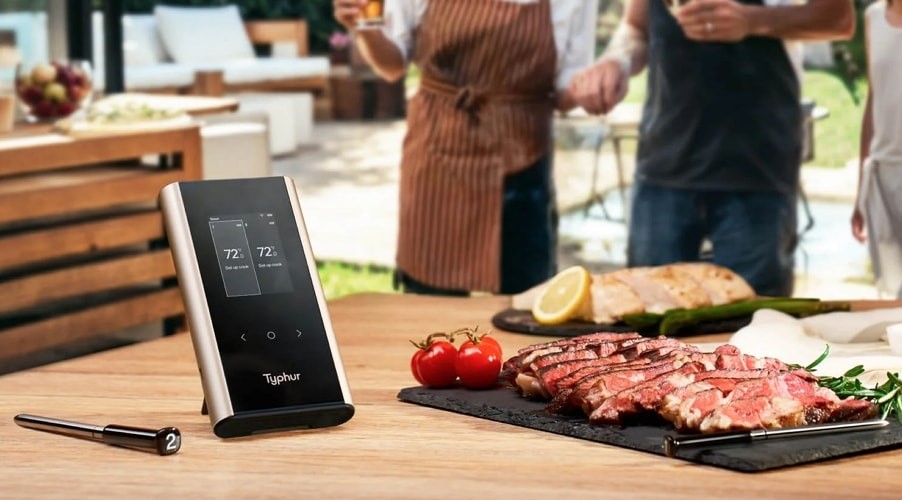
Unlike traditional instant-read thermometers, wireless models give you freedom. With real-time monitoring via smartphone app, you don’t need to open the oven or grill to check doneness.
Why Typhur Stands Out:
Dual-sensor probes, fast Bluetooth connectivity, and a user-friendly app interface make the Typhur thermometer ideal for both beginners and experienced cooks.
Air Fryers & Smart Ovens
These devices use convection cooking to make crispy meals with less oil. Perfect for fast weeknight dinners.
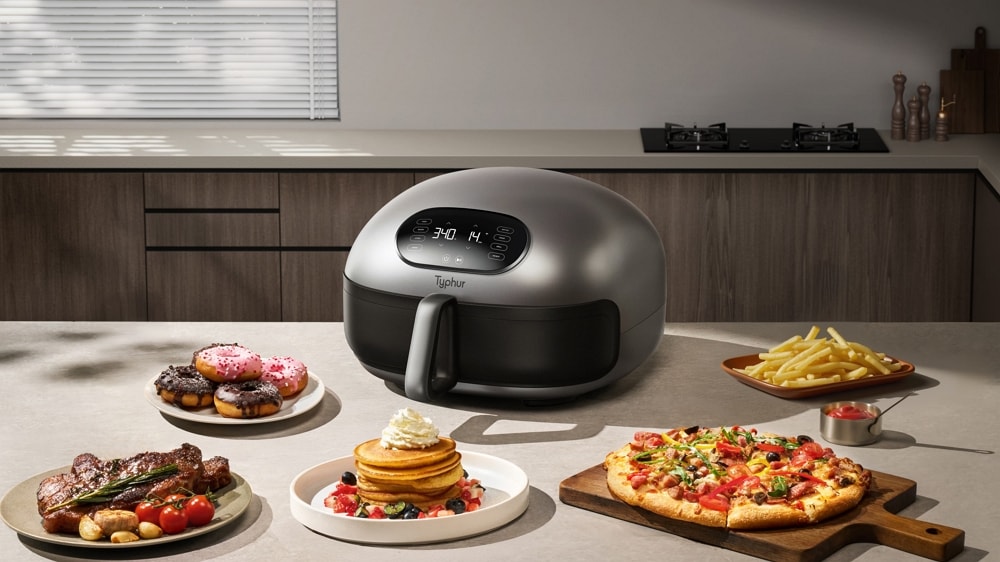
Vacuum Sealers
For sous vide enthusiasts or anyone wanting to extend food freshness, a vacuum sealer is a smart long-term investment.
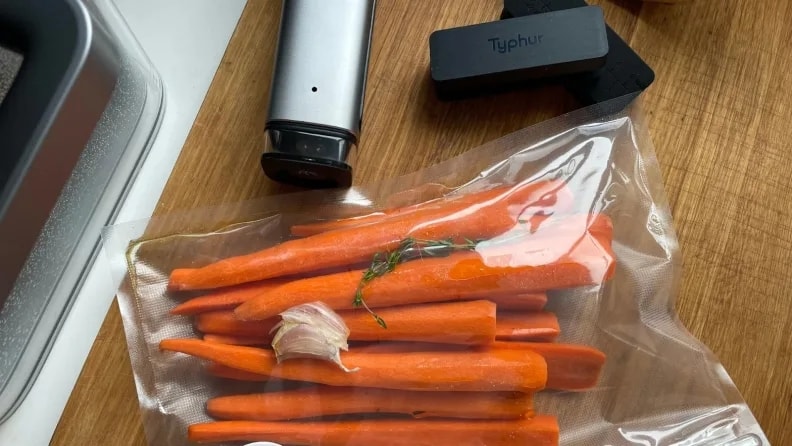
High-Speed Blenders
Make nut butters, soups, smoothies, and sauces in seconds. Vitamix and Blendtec are household names, but mid-range options are improving rapidly.
How to Build a Kitchen Toolkit Over Time
You don’t need to buy everything at once. Here’s a strategic approach:
1. Start with the Basics
Get one high-quality item in each major category—cutting, cooking, measuring, and monitoring.
2. Upgrade by Category
If you cook a lot of meat, prioritize a smart thermometer. If you bake often, invest in good mixing bowls and baking sheets.
3. Keep a Wishlist
Don’t impulse buy. Keep track of what you wish you had during your last cooking session and buy tools that solve real pain points.
4. Learn from Experience
You’ll realize over time that some “must-haves” are personal. Maybe you love your mandoline slicer or maybe it just collects dust.
How Wireless Meat Thermometers Improve Cooking
Undercooked or overcooked meat is the bane of home cooks. You’ve probably experienced it:
- Slicing into a chicken breast only to find it pink
- Dry steak because you “gave it a few more minutes—just in case”
- Constantly opening the oven door to check on the roast
Enter: The Typhur Wireless Meat Thermometer
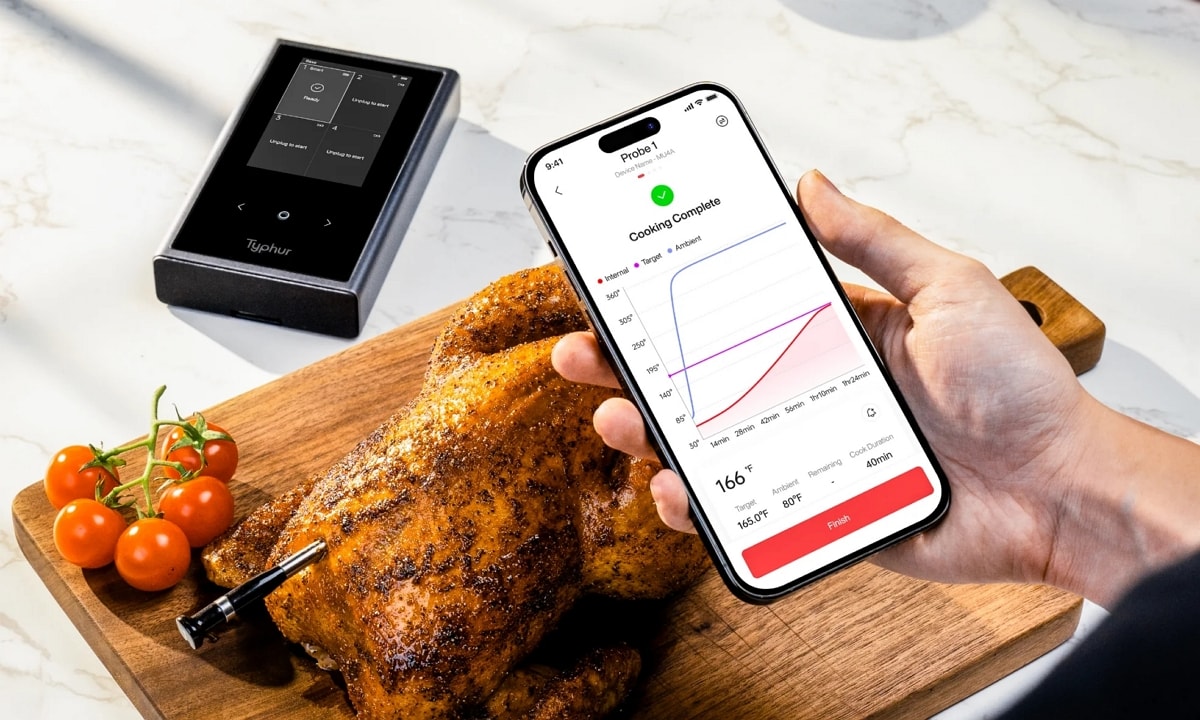
With Typhur, you insert the probe once and monitor the temperature in real time on your phone. No cords. No guesswork. The dual sensors track both the meat’s internal temp and the ambient cooking environment—ideal for oven roasting, smoking, or grilling.
✅ Benefits:
- Perfect doneness without babysitting
- Consistent results for dinner parties
- Peace of mind for poultry and pork safety
- Ideal for sous vide cooking with exact temperature targets
Example: Cooking a ribeye steak? Set your target temp on the Typhur app and let it alert you when to rest and sear. Restaurant-level results, no thermometer math required.
FAQ: Choosing and Using Kitchen Tools
What’s the difference between a digital and wireless meat thermometer?
A: A digital thermometer gives a quick reading but requires manual checking. Wireless thermometers like Typhur send continuous updates to your phone—great for multitasking.
Do I need a smart thermometer if I’m just starting out?
A: Absolutely. It removes one of the hardest parts of cooking: timing and internal doneness. You’ll learn faster and waste less food.
Is a wireless thermometer safe to use in the oven or grill?
A: Yes. The Typhur probe is heat-resistant and designed for use in all major cooking environments, including ovens, grills, and smokers.
Can I use a meat thermometer for baking?
A: Definitely! It’s useful for custards, breads, or anything requiring precision temperature control.
Final Thoughts: Build a Kitchen That Works for You
Choosing the right kitchen tools isn’t about trends—it’s about functionality, durability, and confidence. Whether you’re sautéing veggies, slow-roasting brisket, or meal prepping for the week, the tools you use can make the process smoother and the results tastier.
Start with the basics, upgrade where it counts, and don’t be afraid to embrace smart innovations. For instance, a Typhur Wireless Meat Thermometer is more than a gadget—it’s a tool that makes better cooking possible, meal after meal.

